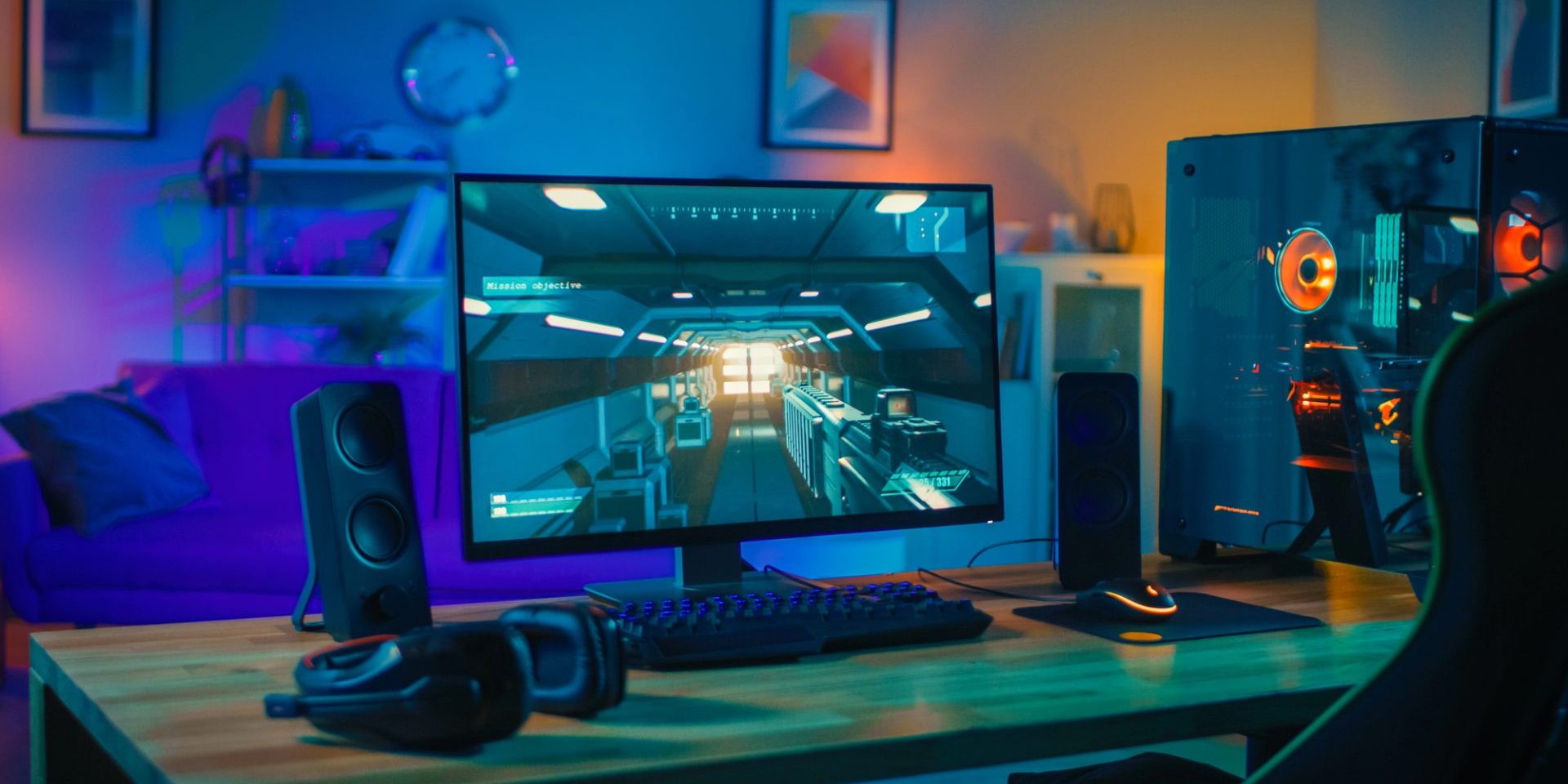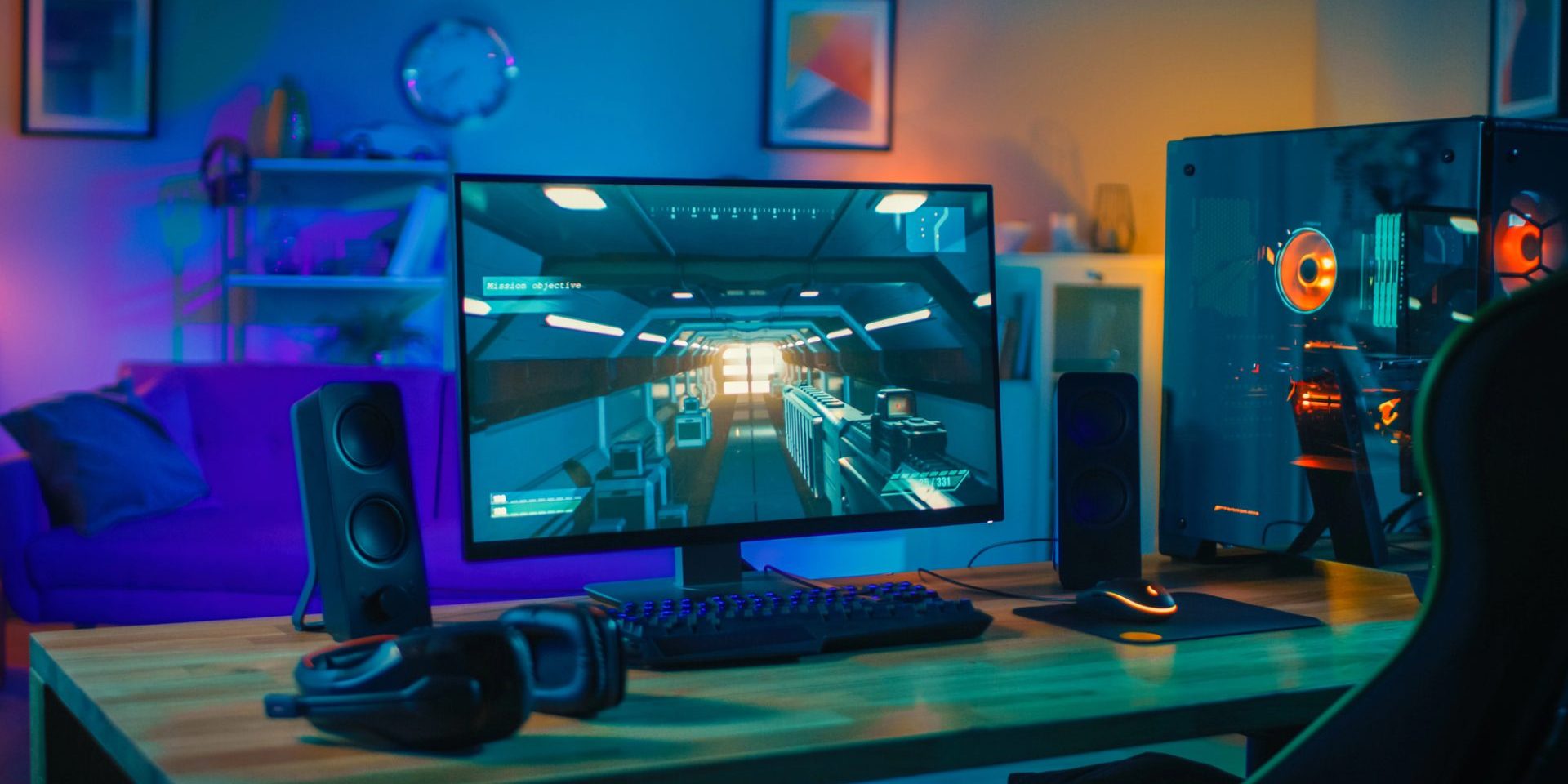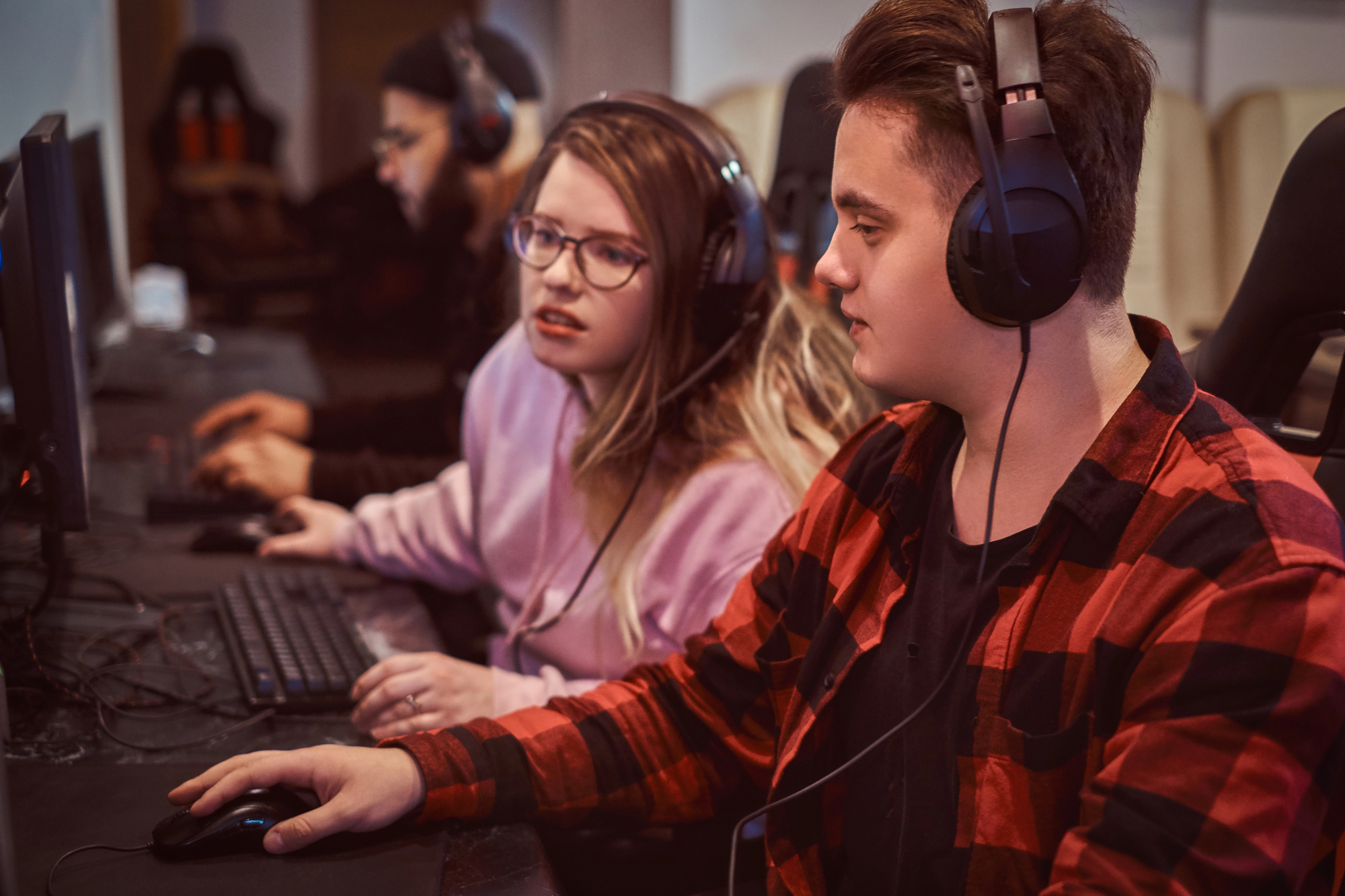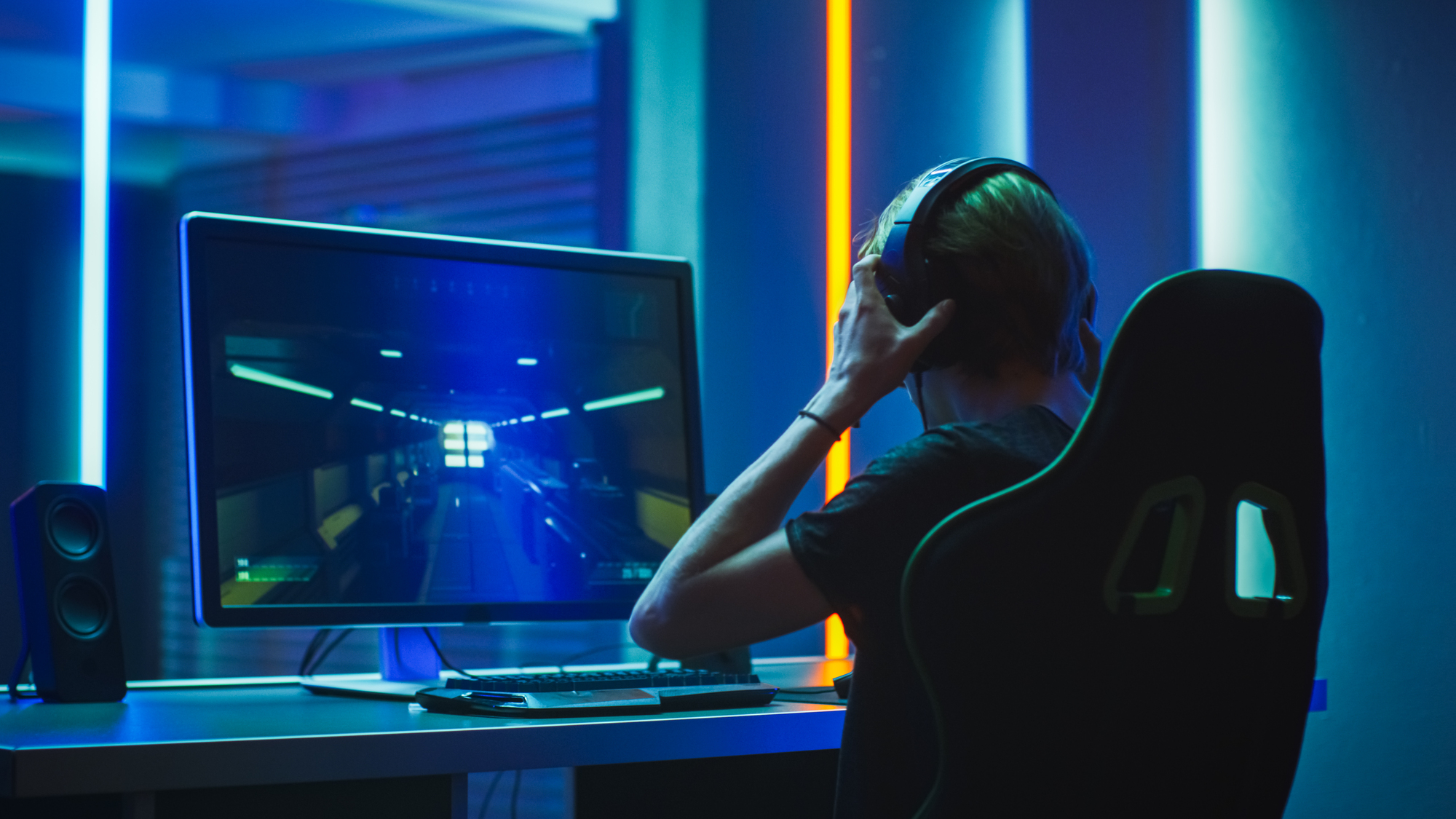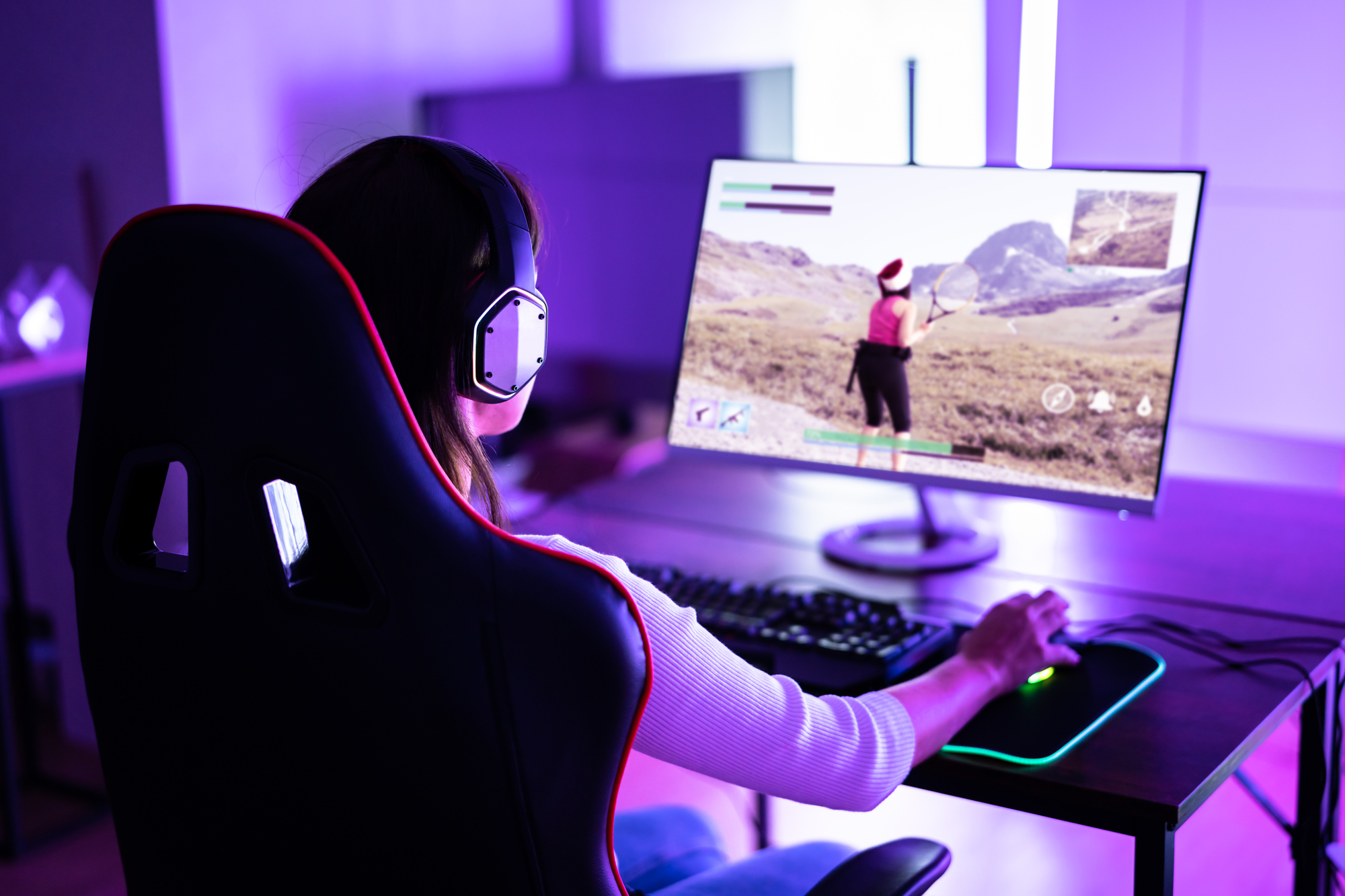Sound design in video games shapes the player’s experience, creating immersive worlds that captivate the senses. Game designers harness the power of audio to evoke emotions, build tension, and enhance gameplay. Sound effects and music work together to create a rich auditory landscape that complements visual elements and deepens player engagement.
Audio cues in games serve multiple purposes beyond mere aesthetics. They provide vital information to players, signaling dangers, rewards, and changes in the environment. From the subtle rustling of grass to the thunderous roar of explosions, each sound contributes to the game’s atmosphere and helps players navigate virtual spaces.
The science behind sound design in games involves a mix of psychology, acoustics, and technology. Game audio designers carefully craft soundscapes that trigger specific emotional responses and enhance the overall gaming experience. This process requires a deep understanding of how different sounds affect human perception and behavior within interactive environments.
Crafting the Soundscape
Sound designers shape the auditory landscape of games through careful selection and layering of audio elements. These components work together to create an immersive experience for players.
Ambient Sound and Environmental Audio
Ambient sounds form the foundation of a game’s audio environment. They establish the setting and create a sense of place. In a forest scene, designers might incorporate bird calls, rustling leaves, and distant wind. Urban environments could feature traffic noise, conversation snippets, and footsteps.
Designers often use dynamic audio systems to adjust ambient sounds based on player location and actions. As characters move through different areas, the soundscape shifts subtly to reflect changes in the environment. This technique enhances realism and player immersion.
Environmental audio also includes weather effects like rain, thunder, or howling wind. These elements add depth to the game world and can signal changes in gameplay conditions.
Music and Setting the Mood
Game music plays a key role in establishing emotional tone and guiding player experiences. Composers and sound designers collaborate to create scores that complement gameplay and narrative elements.
Adaptive music systems allow soundtracks to react to in-game events. As tension rises during combat, the music might intensify with additional instruments or faster tempos. Peaceful exploration sequences often feature more subdued, ambient tracks.
Some games use leitmotifs – recurring musical themes associated with specific characters, locations, or concepts. This technique helps reinforce narrative elements and create a cohesive audio experience.
Sound Effects and Foley
Sound effects breathe life into game actions and objects. From footsteps to explosions, these audio cues provide instant feedback to players. Designers create libraries of sounds for various interactions, often recording real-world objects to achieve authentic results.
Foley work involves crafting custom sounds for specific actions or materials. This process might include recording clothing rustles for character movement or manipulating household items to simulate fantastical creatures.
Layering multiple sound effects creates rich, believable audio experiences. A sword strike might combine a metal impact, a whoosh of air, and a subtle magical effect to convey power and fantasy elements.
Technical Foundations of Game Audio
Game audio relies on specialized tools, techniques, and technologies to create immersive soundscapes. These elements form the backbone of sound design in interactive media.
Game Sound Design Tools
Digital Audio Workstations (DAWs) serve as the primary software for creating and editing game audio. Pro Tools, Logic Pro, and Ableton Live are popular choices among sound designers. These programs offer comprehensive features for recording, editing, and mixing audio assets.
Sound designers use these tools to craft everything from ambient background noises to character voices and music tracks. DAWs allow for precise control over audio parameters, enabling designers to shape sounds to fit the game’s aesthetic and technical requirements.
Many DAWs integrate with game engines, streamlining the process of implementing audio into the game environment.
Mixing and Audio Integration
Mixing game audio involves balancing various sound elements to create a cohesive auditory experience. Sound designers adjust volume levels, equalization, and effects to make sure each audio component fits within the game’s sonic landscape.
Audio middleware like Wwise and FMOD bridge the gap between sound creation and game implementation. These tools allow designers to set up dynamic audio systems that respond to in-game events and player actions.
Integration involves programming audio triggers and implementing adaptive music systems. This process ties sound effects and music directly to gameplay, creating a responsive audio environment that enhances player immersion.
Spatial Audio and 3D Technology
Spatial audio technology creates the illusion of three-dimensional sound within game environments. This technique uses advanced algorithms to simulate how sound waves interact with virtual spaces and objects.
3D audio enhances player orientation and immersion by accurately positioning sounds in relation to the game camera or player character. It allows players to perceive sound direction and distance, adding depth to the gaming experience.
Modern game engines support various spatial audio formats and technologies. Sound designers work with these tools to create realistic acoustic environments, considering factors like reverberation, occlusion, and Doppler effects.
The Role of Audio in Player Experience
Audio plays a crucial part in shaping how players interact with and experience games. It affects emotional responses, enhances immersion, and provides important gameplay cues.
Voice Acting and Dialogue
Voice acting breathes life into game characters, making them more relatable and memorable. Well-performed dialogue can evoke strong emotions, from laughter to tears, deepening the player’s connection to the story.
Professional voice actors bring nuance and authenticity to their roles. Their performances can make or break a character’s appeal and impact the overall narrative experience.
Game developers often use voice acting to deliver key plot points and character development. This auditory storytelling complements visual elements, creating a richer, more engaging world for players to explore.
Interactivity and Adaptive Audio
Adaptive audio responds dynamically to player actions and game states. This creates a more responsive and personalized auditory experience.
Sound effects tied to player interactions provide instant feedback. The satisfying click of a button press or the swoosh of a sword swing reinforces the player’s actions.
Music that changes based on the game situation enhances mood and tension. For example, combat music intensifies as enemies approach, then seamlessly transitions to calmer themes when danger passes.
Adaptive audio systems can adjust volume levels and mix different audio elements based on the player’s location or actions. This creates a more realistic and immersive soundscape.
Enhancing Gameplay and Immersion
Audio cues guide players through game worlds and alert them to important events. The ping of a nearby collectible or the growl of an unseen enemy provides valuable information.
Spatial audio technologies, like binaural sound, help players locate objects and enemies in 3D space. This is especially useful in first-person games, where audio positioning can be as important as visual cues.
Ambient sounds create atmosphere and a sense of place. The chirping of birds, the bustle of a city, or the eerie silence of an abandoned building all contribute to world-building.
Music can set the emotional tone for different game areas or situations. It can make players feel heroic during epic battles or uneasy when exploring dark corridors.
Sound Design in Modern Gaming
Modern gaming sound design blends technology and artistry to create immersive auditory experiences. It shapes virtual worlds, enhances gameplay, and deepens emotional connections with players.
VR and AR Soundscapes
Virtual and augmented reality technologies have revolutionized game audio. VR headsets use spatial audio to simulate realistic 3D environments, placing sounds precisely in the virtual space. This creates a sense of presence and allows players to locate objects and events by sound alone.
AR games integrate audio with real-world surroundings, overlaying digital sounds onto physical environments. This blending of virtual and real audio enhances the believability of AR experiences.
Developers use advanced audio engines to create dynamic soundscapes that react to player movements and actions. Sounds change in real-time based on the player’s position, orientation, and interactions within the virtual world.
Creative Challenges in Game Sound
Game sound designers face unique creative hurdles. They must craft audio that adapts to player choices and non-linear gameplay. This requires flexible sound systems that can seamlessly transition between different game states and scenarios.
Limited storage and processing power on some platforms constrain sound quality and variety. Designers employ clever compression techniques and procedural audio generation to maximize audio fidelity within these limitations.
Creating believable audio for fantastical game elements poses another challenge. Sound designers often combine real-world recordings with synthetic sounds to produce convincing audio for imaginary creatures, weapons, and environments.
Collaboration and Storytelling
Sound design in games is a collaborative effort. Audio teams work closely with game designers, writers, and artists to create a cohesive audiovisual experience. This partnership ensures that sound enhances the game’s narrative and emotional impact.
Voice acting plays a crucial role in storytelling. Sound designers work with voice directors and actors to capture performances that bring characters to life. They also implement dialogue systems that respond dynamically to player actions.
Music composers and sound designers collaborate to create adaptive scores that change based on gameplay. These dynamic soundtracks intensify during action sequences and soften during quieter moments, enhancing the player’s emotional journey throughout the game.

